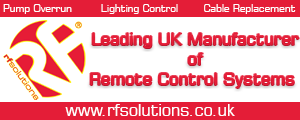Sounds like a good and thorough, not drive by, EICR, good work.
10,000 ohms is a slightly odd one as it seems too low for even modern neons, though many are now LED as well, I would normally expect 100,000 ohms+, however for a normal load 10,000 ohms is too high. I would expect some electronics connected somewhere, transformers, aerial boosters, etc.
As it stands it should be a C2 with a further investigation, since you have measured and recorded it. But as Archy says it would pass if it had not been measured!
I would agree with the rest of the Marvo coding, with a caveat on the inspector assessing the socket by the sink for environmental suitability, which it sounds like you have done and it is suitable, so no code.

 , I'll be returning to the house to carry out the required work anyway, so will spend some time hunting down the 10,000 ohms.
, I'll be returning to the house to carry out the required work anyway, so will spend some time hunting down the 10,000 ohms.






